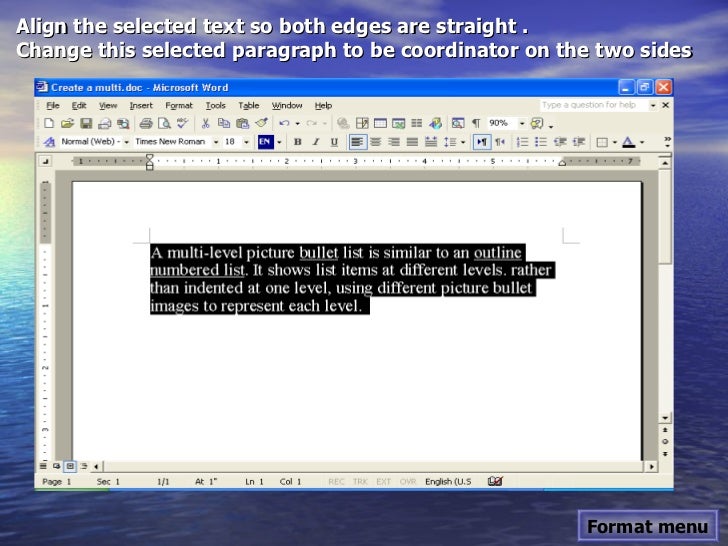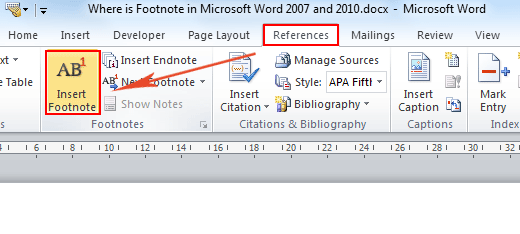
Scroll down to the bottom of the page to find the footer area.Īlternatively, use the focus mode to display only the footer area. It will take you to the block editor, opening the Home page template. To access the editor, hover on Appearance and select Editor. An example of a block-based WordPress theme is the new Twenty Twenty-Two default theme. However, keep in mind that the block editor is only available if you use a block-based theme. Various blocks like site title, calendar, and navigation have also replaced widgets. It makes editing easier as the footer now has its own block and template. WordPress 5.9 introduced a new block editor for site customization. You may have to rely on just customizing widgets and menus.įor the ones that do have, the settings might also be placed in a section other than Theme Options, such as Footer Builder. Keep in mind that not all themes have footer options. Once you’re happy with the results, remember to press Publish or Save Draft.

It uses the built-in WordPress menu system. Menus – for those who want to add links to the footer.Widgets – where various content widgets can be added to a footer area.Theme Options – you might find a Theme Footer section where you can customize the colors, border, and text of the footer to fit the site’s overall design.

Here’s what to look for to edit the footer in the WordPress Customizer: To access the Customizer, go to Appearance -> Customize in your WordPress dashboard. It shows a live preview of your website, so you’ll be able to see the changes you’ve made in real-time. WordPress users can also edit the visual aspects of the footer using the built-in Customizer. Here’s an example of what a site footer looks like:

However, keep in mind that the theme you choose for your WordPress site can affect the footer’s styling, formatting, and features. When it comes to the footer design, it’s all up to the users’ preference. Select the ones relevant to your website to avoid having a footer area that takes up half of the web page. It’s not necessary to include all these elements.

Other than that, the internal links help improve the site’s SEO.Ī footer area commonly consists of, but is not limited to, the following components: It lists additional information about the site and links to pages that may be helpful for visitors. The footer is the section of the website that is located at the very bottom of the page.


 0 kommentar(er)
0 kommentar(er)
